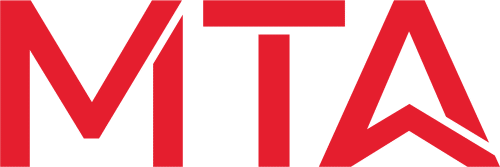In today’s globally connected economy, businesses must optimize supply chains and reduce costs to stay competitive. Tapping emerging markets like Vietnam, therefore, holds huge potential but presents many challenges in a rather unique way.
Language barriers, cultural differences, problems associated with quality control, and regulatory hurdles can all be very overwhelming for those companies that are not familiar with the region. This is where a reliable sourcing partner steps in.
The article narrates the complexities of sourcing from Vietnam and what potential rewards, along with possible challenges a business may come across. We will explain how a buying office can help in overcoming these challenges to unlock the full potential of the Vietnamese market.
🔎 Based in Ho Chi Minh City, Vietnam, our office offers a full suite of buying office services tailored to Vietnam. From supplier search to final container loading, we manage every aspect of your procurement needs. Our deep understanding of the Vietnamese market enables us to identify and vet reliable manufacturers, ensuring you secure trustworthy partnerships and avoid scams.
Whether you’re at the beginning of your sourcing journey or already in the production phase, we can assist with product development and organize purchasing. We act as your on-the-ground procurement team in Vietnam, taking care of everything from factory visits to final inspections, so your business is protected from potential risks and your products are delivered on time and to specification 🤝.
Video Highlight: Buying Office in Vietnam
This video draws on key insights from an in-depth video about sourcing in Vietnam, with a primary focus on product development, organizing purchasing, and handling logistics—from supplier search to final container loading.
The video highlights the rigorous procurement approach needed for successful sourcing, emphasizing critical steps like supplier selection, quality control processes, and final inspections.
Vietnam: An Emerging Sourcing Hub
Vietnam has grown to become a manufacturing and sourcing powerhouse worldwide and has engaged businesses across the world that seek diversified supply chains. It is the strategic geographic position, coupled with its young, skilled workforce, that fostered a business-friendly environment and propelled economic growth in this country.
Favorable Business Climate and Economic Growth
Vietnam has a stable political climate, competitive tax regimes, and a government committed to the development of its economy.
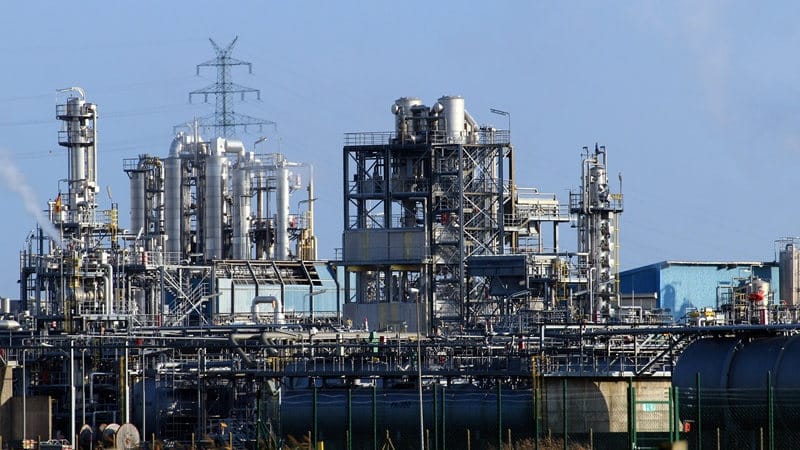
The country has been posting a good GDP growth rate year after year and is therefore becoming a promising place to host foreign investments. Domestic consumption is also on the rise due to the growing middle class with higher disposable incomes, hence opening more opportunities for business.
Vietnam’s Manufacturing Prowess
Vietnam has rapidly emerged as a manufacturing center for various industries. This strong focus on export-oriented growth has developed some of the key sectors of this country into major ones in the region:
- Apparel and Textiles: Vietnam is one of the global leaders in apparel and textile manufacturing. The export targets set by this sector are pegged at US$ 44 billion in 2024. It recorded US$ 16.52 billion in garment and textile exports in the first half of 2024, up 5.04 per cent compared to the same period of 2023. Notably, exports to the EU reached nearly $1.91 billion, reflecting recovery in consumer demand. The country’s textile industry has attracted over $37 billion of foreign direct investment, raising its supply chain and skilled manpower, still remaining in the eyes of big international brands.
- Footwear: Quite a few industries associated with footwear in Vietnam have increased immensely due to enhanced worldwide demand for athletic shoes and casual footwear. For the past years, the amount of footwear production has always been on the rise, surpassing 1.5 billion pairs in 2023 compared to a significant drop in previous years. With its location near sources of raw materials and efficient processes for manufacturing, the country still remains a favorite for many international brands in the footwear sector.
- Electronics and Components: The country’s electronics sector has been growing rapidly, turning itself into a vital component of the global supply chain. Vietnam currently ranks among the top five Asian electronics assemblers, while the sector acts as a significant contributor to the country’s GDP. In 2023, the country’s export value of electronics stood at nearly $50 billion after heavy investment by leading companies such as Samsung and Intel, who have set gigantic plants in the country.
- Woodworks: Vietnam is a country full of woodworking traditions, making it one of the largest exporters of furniture and home goods. The furniture industry could do $15 billion in exports by 2024, driven by rising demand from the US and Europe. The ability to produce excellent wooden products at reasonable prices has given it a way to be recognized by importers worldwide.
Case Studies of Success
A number of multinational companies have had huge success using Vietnam’s manufacturing to amplify worldwide production. For example, Nike has recently and significantly increased its production in Vietnam to meet rising consumer demand for athletic shoes. IKEA has also established a strong presence in the country to tap into the growing global market for home furnishings. These success stories underline Vietnam’s potential as a strategic sourcing location.
By merging the best business environment with a highly skilled workforce and focused sectors, Vietnam has ensured its place as a partner businesses cannot afford to miss when looking to optimize their supply chains. Over the long run, continuous economic growth and investment in infrastructure will continue to help cement the status of Vietnam as one of the world’s leading sourcing markets.
The Challenges of Sourcing from Vietnam
While Vietnam is a sourcing location with huge potential, there are also a number of challenges that may arise.
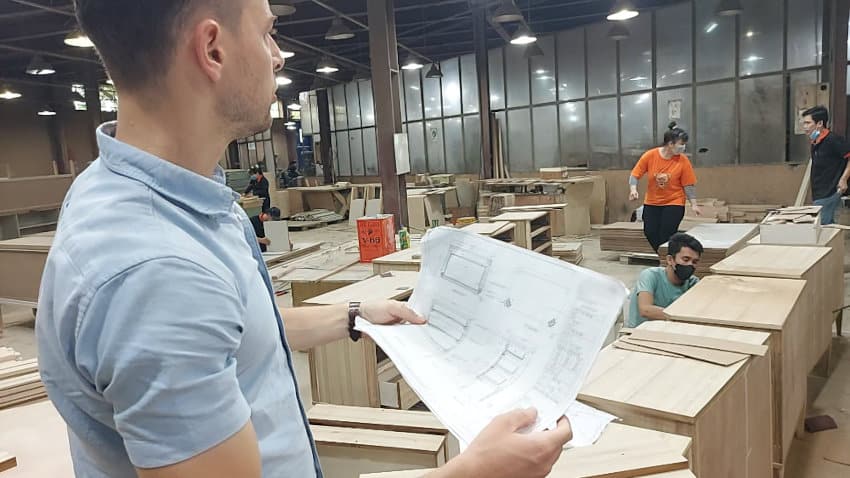
It is very important to understand these challenges in order to mitigate the risks and ensure a successful sourcing strategy.
Common Pain Points in Vietnam Sourcing
Sourcing from Vietnam comes, like any other emerging market, with its fair share of problems. Among the most common are :
- Quality Control: Product quality consistency may be at risk due to different manufacturing procedures and the extent to which quality standards are adhered to.
- Intellectual Property Theft: Violation of intellectual property rights through counterfeiting and copying, without authorization, is one of the major issues for this industry, causing harm to brand reputation and profitability.
- Supply Chain Disruption: Natural disasters, geopolitical tensions, and other factors could easily disrupt supply chains, which may lead to delays and higher costs.
- Language and Cultural Barriers: Communication and relationship-building with Vietnamese suppliers may face language and cultural barriers that could hinder effective interaction.
- Infrastructure and Logistics: Transportation and logistics are influenced by poor infrastructure in some regions, and delays in shipping, and increase in shipping cost.
Debunking Myths About Vietnam Sourcing
There are several misconceptions about sourcing from Vietnam that result in unwarranted apprehensions for any business. Let us talk about some of the most popular myths:
Myth #1
- Myth: Vietnam is only for low-price, low-quality products.
- Reality: Vietnam offers a wide array of products ranging from low-cost to high-end, value-added goods. Many global brands, such as Nike, Adidas, and Muji, have been successful in sourcing quality products from Vietnam.
Myth #2
- Myth: All Vietnamese suppliers are unreliable.
- Reality: While there are still some black sheep around, the number of trustworthy and reliable Vietnamese suppliers that follow international standards is becoming greater.
Myth #3
Myth: It is impossible to enforce intellectual property rights in Vietnam.
Reality: While there are certainly problems, legal frameworks and mechanisms for the enforcement of intellectual property rights do exist. Working with experienced grounded team can help mitigate risks.
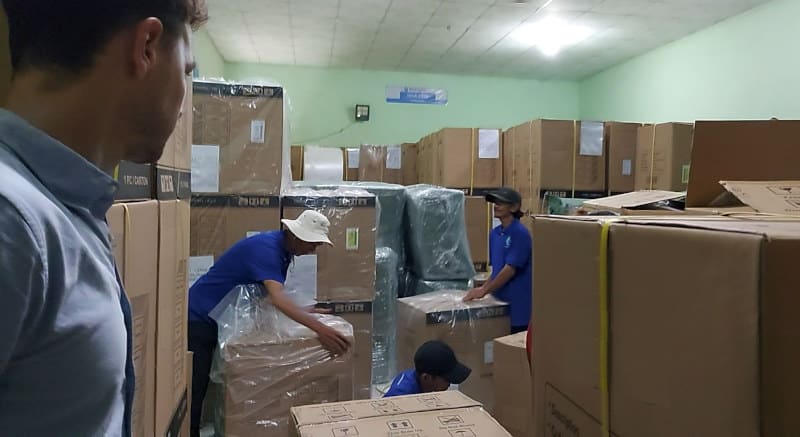
Proactive measures can overcome these challenges and optimize opportunities for success. Developing trusting relations with suppliers, deep due diligence, and risk mitigation strategies are very important in sailing through the intricacies of the Vietnamese market.
Finding the Right Supplier: A Cornerstone of Sourcing Success
The cornerstone of any successful sourcing strategy is to choose the right suppliers. A carefully chosen supplier can do much to enhance the quality of a product while reducing costs and increasing operational efficiency.
On the other hand, poor selection may result in supply chain disruptions, financial losses, or even reputational damage.
The Need to Select Suppliers
Hence, finding the right supplier is much more than merely looking for a low price. The most important criteria in supplier selection include the quality of their products, capacity, lead times, reliability, and financial stability, and ethical compliance.
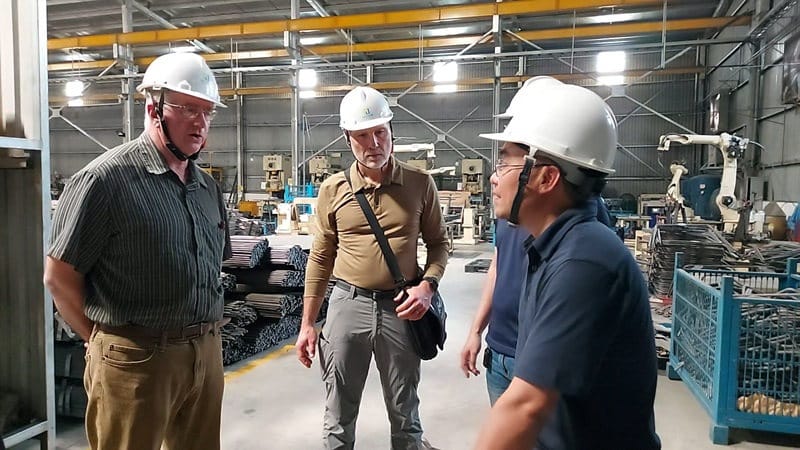
A stable relationship with suppliers may provide a company with a competitive advantage in the continuous supply of quality products to customers with reduced risk.
The Process of Vetting Suppliers
There needs to be an effective process for the vetting of suppliers to identify and select the right partners. The main steps in this process are:
- Supplier Identification: Identify potential suppliers through industry networks, online platforms, and trade shows in line with business goals.
- Preliminary Screening: Based on the preliminary criteria like product range, production capability, location, and price, short-listing of suppliers is done.
- Request for Information (RFI): Gathering detailed information from the shortlisted supplier pertaining to its capability, quality control processes, and delivery timelines.
- Supplier Qualification: Detailed assessment through site visits, financial analysis, and reference checks.
- Due Diligence: Detailed investigations on the evaluation of supplier reliability, financial stability, and compliance with ethical and environmental standards.
Due Diligence: A Critical Component
Due diligence is a comprehensive process that reduces the risks and ensures a long-term relationship with suppliers.
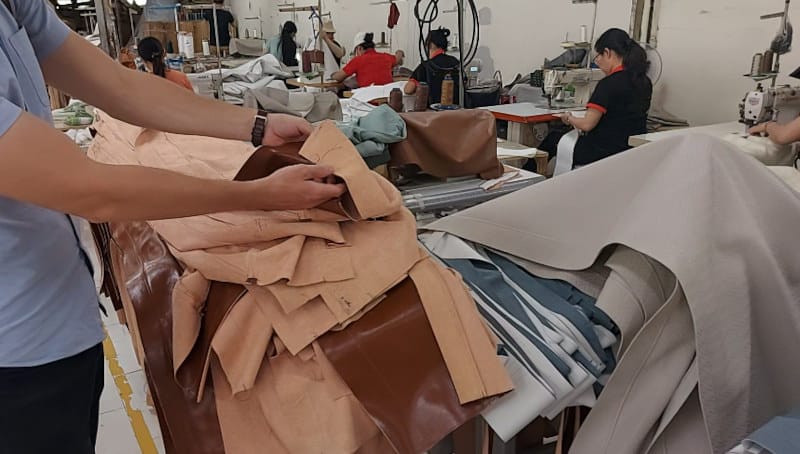
Some of the main points to note are:
- Factory Audits: Status of the production facilities; condition of workers; quality control procedures.
- Financial Analysis: Suppliers’ creditworthiness, financial competence and payment history.
- Social Compliance: Compliance with labor laws and environmental regulations.
- Intellectual Property Protection: Ensure protection of proprietary information and designs.
- Risk Assessment: Be aware of the associated risks and have a mitigation strategy.
Proper due diligence and vetting of a supplier enhance the opportunity for a business to establish a long-term relationship with highly reliable and high-performance suppliers.
Partnering with a Buying Office: Your Competitive Advantage
In fact, for most companies, big or small, global sourcing is, in many instances, a daunting process. In this instance, a buying office is a strategic partner that enables the mitigation of the process’ risks and smoothing out.
Defining a Buying Office
A buying office is an intermediary specialized service provider between foreign buyers and manufacturers/suppliers in the target market. With a good understanding of the local market and industry practices, along with cultural know-how, hence, they are better equipped to facilitate efficient and effective sourcing on behalf of their clients.
Core Services of a Buying Office
Buying offices offer a comprehensive suite of services to support their clients’ sourcing needs:
- Supplier Search and Selection: With their vast networks and market knowledge, buying offices can single out the potential suppliers who would be best suited to the requirements of the client. A two-way qualification process ensures that through the filtration, only the partners who are reliable and capable will settle.
- Price Negotiation and Cost Optimization: The skilled negotiators ensure the best terms, prices, and conditions of delivery. Analysis of market trends and supplier costs may be a source of opportunities for cost saving by buying offices.
- Warehousing and Logistics: Most buying offices incorporate warehousing services in their objectives to give efficiency and flexibility to their service. They combine commodities from multiple suppliers to help their clients reduce shipping costs and lead time. Warehousing also provides buffer stock that can affect any supply chain uncertainties. Warehousing services are also offered in rented or outsource warehouses for those clients who need more control in inventory management to handle specifically designed needs and storage requirements.
- Evaluation of suppliers and quality check: Since supplier scrutiny is done in detail, strict measures of quality are incorporated. Therefore, the buying office means proper product quality performance and ethical standards.
- Packaging support: It oversees packaging material selection, design, and quality control to ensure products are delivered as specified.
- Consolidation of container and shipping: Buying office helps in consolidating goods into one container, enabling cost-saving and easy logistics.
Collaborating with a professional buying office may just be the winning formula for companies in the global marketplace today.
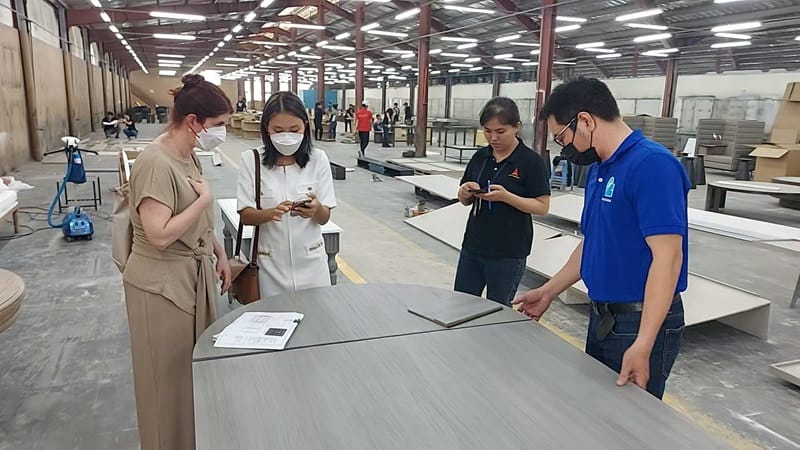
Through a buying office, companies can tap into skills and resources to better their supply chains, lower costs, and reduce exposure to risks.
Essential Qualities of a Buying Office
To maximize the benefits of a buying office partnership, businesses should seek partners possessing the following key competencies:
- Market Expertise: In-depth knowledge of the target market, including industry trends, supplier landscape, and cultural nuances.
- Supplier Network: A robust network of qualified suppliers across various product categories.
- Negotiation Skills: Proven ability to secure favorable terms, pricing, and delivery conditions.
- Quality Assurance Expertise: Strong understanding of quality control standards and processes.
- Logistics Proficiency: Expertise in managing transportation, customs clearance, and documentation.
- Problem-Solving Abilities: Capacity to address challenges and find effective solutions.
- Communication and Collaboration: Effective communication and collaboration skills to build strong partnerships.
Quantifying the Benefits of hiring a on-the-ground Partner
Partnering with a buying office delivers a tangible return on investment through several key areas:
- Cost Reduction: By leveraging buying power, negotiating favorable terms, and optimizing logistics, buying offices can significantly reduce sourcing costs.
- Time Efficiency: Outsourcing sourcing activities frees up internal resources, allowing businesses to focus on core competencies and strategic initiatives.
- Risk Mitigation: Through thorough supplier vetting, quality control, and risk management, buying offices help protect businesses from potential disruptions and financial losses.
- Improved Product Quality: By working closely with suppliers and implementing stringent quality standards, buying offices contribute to enhanced product quality.
- Increased Market Access: Buying offices can help businesses expand into new markets by identifying suitable suppliers and navigating local challenges.
By investing in a strategic partnership with a buying office, businesses can unlock significant value, improve operational efficiency, and gain a competitive advantage in the global marketplace.
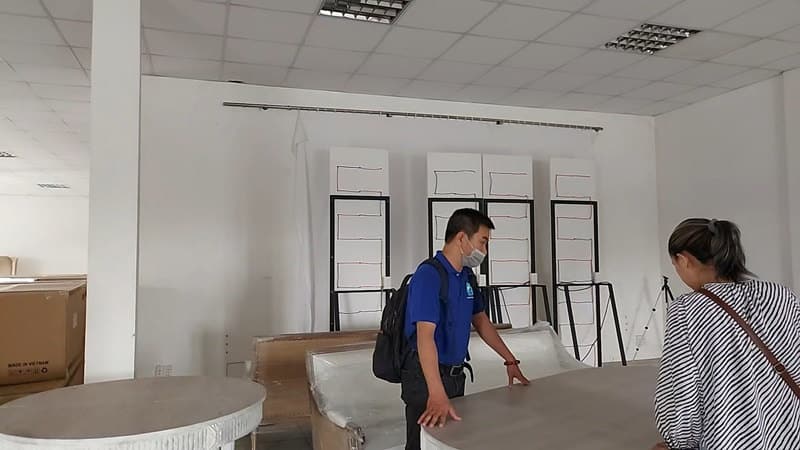
In-House or Outsourced Buying Office ?
Any business looking to establish its sourcing strategy has to make one very important decision: whether to have an in-house buying office or outsource it.
In-House Buying Office :
- Pros:Full operational control, protection of intellectual property, possible long-term cost savings.
- Cons: Large up-front investment, time-consuming, challenging to set up, recruit and continuous operational costs.
Outsourced Buying Office:
- Pros: Faster time-to-market, access to expertise and networks, cost-effective, flexibility.
- Cons: Dependence on a third-party service provider, possible loss of control, likely information leakage.
Factors to Consider
The best option for an in-house or outsourced buying office would be based on several factors, which include:
- Company Size and Resources: The in-house team would be more appropriate where the companies are large and their volumes of sourcing are substantial while the small ones may consider outsourcing for better cost savings.
- Sourcing Complexity: In-house teams should be necessary where sourcing is complex, involving multiple product categories or strict quality standards.
- Long-term goals: Businesses eyeing the market domination in the long term usually go for an in-house set, while others looking forward to entering the market quickly and desiring flexibility turn to outsourcing.
- Budget: The up-front investment and continuous expenses of an in-house buying office need to be balanced against its potential returns.
How to Choose the Right Procurement Setup
The decision between an in-house buying office and an outsourced one is pretty complex. Early consultation with sourcing experts might pay off through valuable insights and relevant recommendations in respect of specific business needs. Enterprises can make proper decisions on how to optimize their sourcing strategy against company size, sourcing volume, product complexity, and long-term goals.
Weighing the pros against the cons of each option in relation to the other and taking professional advice into account, a business can develop a sourcing strategy aligned to its overall business objectives to drive long-term success.
In conclusion, partnering with a buying office offers numerous advantages for businesses seeking to optimize their sourcing strategies. By leveraging their market expertise, supplier networks, and operational efficiency, buying offices can help companies reduce costs, mitigate risks, and improve product quality. As the global supply chain landscape continues to evolve, with increasing complexities and challenges, collaborating with a reliable buying office becomes increasingly essential.
